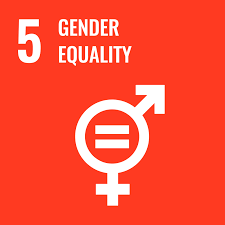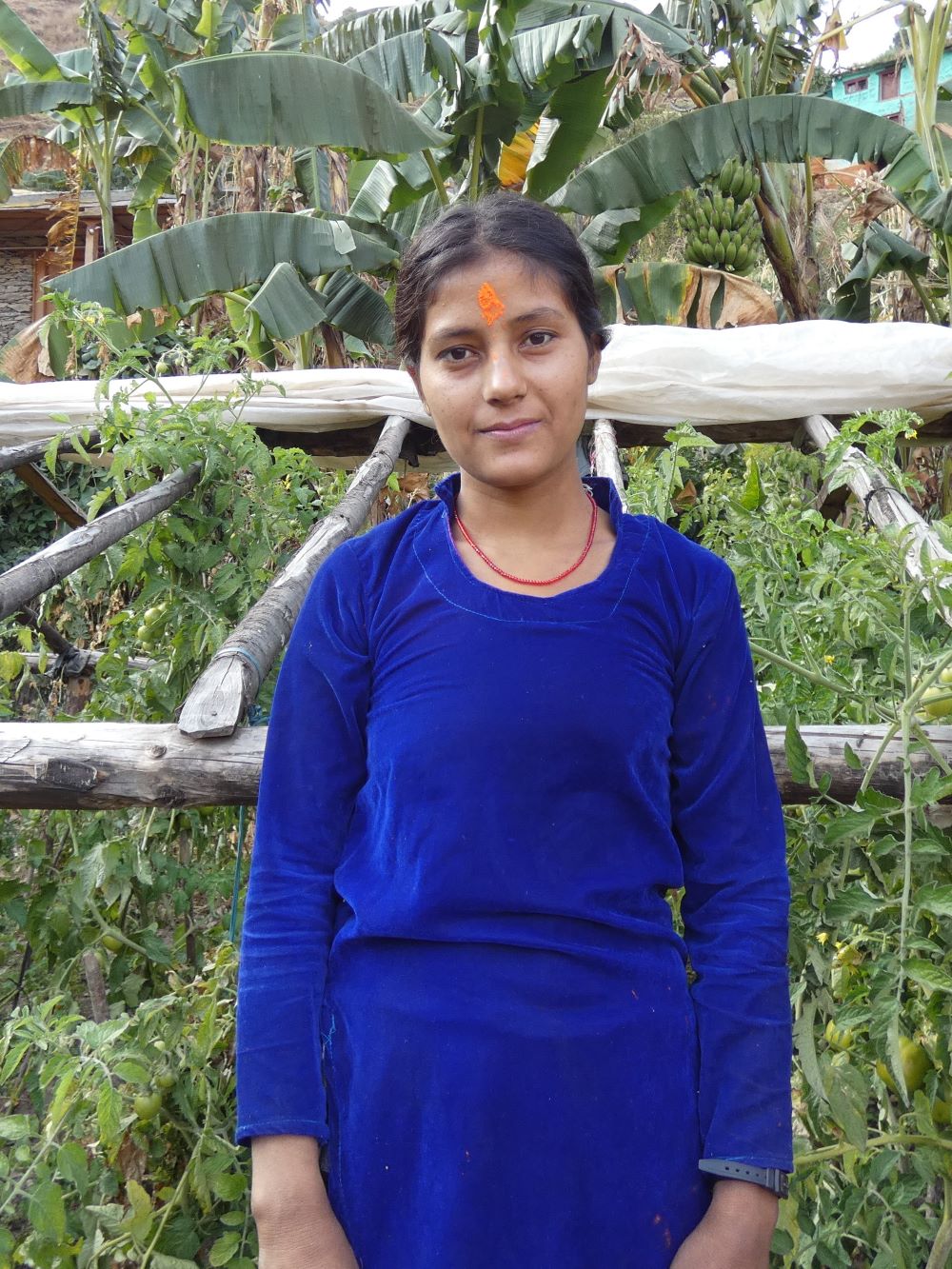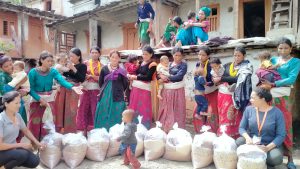Imagine having a baby when you are only a teenager yourself. Imagine being forced to stop your education. Imagine having your future decided for you. This is the reality for many girls across the world as a result of child marriage.
The global picture of child marriage…
Child marriage is a global issue. Every year 12 million girls under the age of 18 become child brides. Spanning cultures, regions, and ethnicities, the practice strips young girls of their right to choose their own futures, forcing them to become adults before they are ready.

Child marriage in Nepal, what are the driving forces?
Child marriage has affected 5 million adolescents in Nepal, including 1.3 million under the age of 15. Despite raising the legal age of marriage to 20 for both men and women in 2017, it is estimated that around one-third of girls in Nepal are married before they are 18. Today Nepal ranks eighth globally and third in South Asia for the prevalence of child marriage.
PHASE works in some of the most remote regions of Nepal, areas where the rate of child marriage is considerably higher than the national average. For example, in Rugin and Bichhaya, Bajura District where our Start Strong project is based, 45% of girls are married before they are 18. Once married, pregnancy often occurs within a few years, leading to the prevalence of births before the age of 20 which is considered a medical high-risk pregnancy.
In our own recent survey of 229 Start Strong participants we found 48.5% gave birth to their first child between the ages of 15-19. The reason for such high rates is interwoven with societal and economic challenges linked with child marriage. Factors such as caste, cultural traditions and regional disparities all play a role, but a key driver is poverty. For many families in rural areas, early marriage is perceived as a way to secure a girl’s future, easing the financial burden on parents with scarce resources and also affects young men’s futures.
What are the harmful impacts of child marriage?
- Greater Risk of Maternal Health Complications
Teenage girls who become mothers face significant health risks. They are more prone to complications during pregnancy (especially if underweight themselves and anaemic due to food insecurity) and delivery (prolonged labour, premature births) because their bodies are often not physically ready for childbirth. This can lead to long-term health problems (such as obstetric fistula) and even death for young mothers and increase in morbidity and mortality (low birthweight, still birth, neonatal deaths). The dangers of this are compounded in rural areas with limited healthcare.
- Education

Girls married at a young age are far less likely to stay in school. Without education, their ability to be financially independent and pursue a career outside of the home is severely limited. This, in turn, perpetuates cycles of poverty and gender inequality.
- Increased Risk of violence
Girls who marry at a young age, are at a greater risk of physical, emotional and sexual violence. Dependence on their partners and separation from their families leave them more vulnerable to abuse and less able to seek help or advocate for themselves.
Beyond effects on the individual, child marriage undermines societal progress, hampering economic development and perpetuating inequality. Nepal has committed to Target Indicator 5.3 to end all harmful practices such as child, early and forced marriage as part of Target 5: Achieve Gender Equality and Empower all Women and Girls (Sustainable Development Goals 2030)

A holistic approach to child marriage and why our help is needed…
The high rate of child marriage and early pregnancy in Rugin and Bichhaya was brought to our attention by Nepali staff at the health posts, who are deeply concerned about the young girls giving birth.
In response to this PHASE’s Big Give Campaign this year is raising money for a Girls’ Empowerment Programme which will be run in two schools in Rugin. By collaborating with local communities, the initiative aims to address issues surrounding child marriage, particularly the dangers of early pregnancy. Of special note, and key to the success of previous programmes has been an equal involvement by both girls and boys.
Main features of the Girls’ Empowerment Programme include:
- Mentorship and Empowerment Sessions: 12 local mentors will lead workshops for 150 girls and 150 boys, covering leadership, confidence-building, menstrual hygiene, and gender equity.
- Teacher Training: Mentors will train 50 teachers to support empowered learning.
- Street Dramas: Community plays on topics like domestic violence aim to challenge harmful norms.
- Parent and School Engagement: Working with families and schools ensures sustainable change in societal attitudes.
This holistic approach is grounded in past successes. In Kashigaun and Keraunja villages (Gorkha). 100% of all participants of the PHASE girl’s empowerment initiative completed their education, when previously the dropout rate was between 40% to 50%.
Keeping girls in school is a powerful antidote to child marriage and the harmful impacts associated with it. Involving boys and the wider community multiplies the effect of empowering girls. With consistent effort and collective action, we can protect a girl’s equal right to chart her own course in life, breaking cycles of poverty and inequality and unlocking potential, paving the way for an equal future.
Please support out Big Give Campaign where your donations will be doubled. Starting on December 3rd at 12pm.
Donate between 3-10th December to have your donation doubled. DONATE HERE



